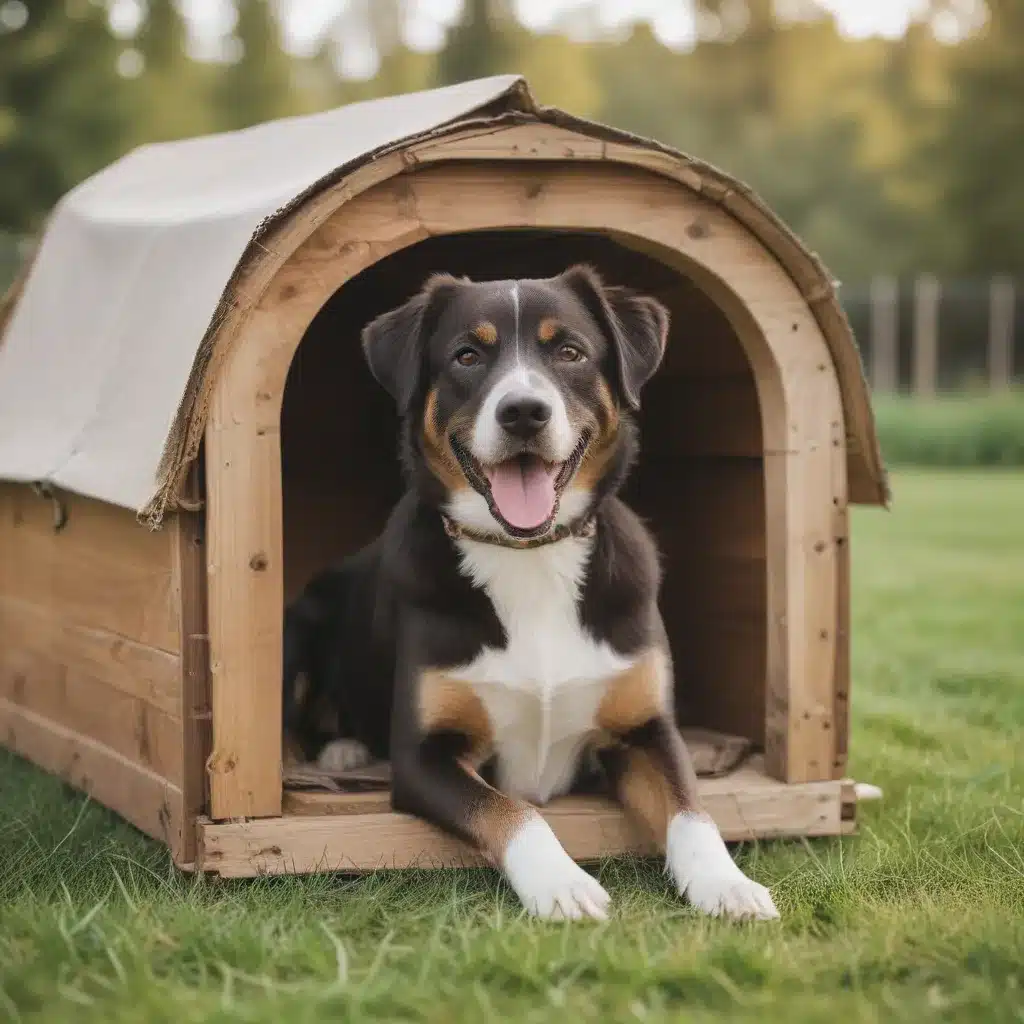
Preparing for Your New Best Friend
I’ll admit it – I’m a total puppy addict. There’s just something about raising those wiggly bundles of joy and watching them transform into well-adjusted adult dogs that fills me with pure joy. But you know what they say, “Two’s company, three’s a crowd” – and that definitely applies when it comes to bringing home new pups.
Raising one puppy is a lot of work, but raising two at the same time? That’s a whole other level of commitment. That’s why, unless it’s an unavoidable situation, I would never choose to raise two pups concurrently. The amount of socialization, training, and one-on-one time required to set them up for success is just too daunting.
But what if you’re not dealing with puppies, and instead are bringing home an adult dog? Well, my friend, you’re in for a different kind of adventure – one that comes with its own unique set of challenges and rewards. And let me tell you, I’ve seen it all when it comes to dogs in transition. From the nervous nellies to the confident canines, each pup is a unique individual with their own story and needs.
Establishing a Safe Space
When you first bring your new adult dog home, the most important thing is to set them up for success by creating a safe, comfortable space just for them. This means designating a single room in your house that is low-traffic and quiet, complete with food, water, toys, and a cozy crate with a bed.
The door to this room should be kept closed or blocked off with a baby gate, giving your pup a chance to decompress and get acclimated to their new surroundings without being overwhelmed. And if your dog is so fearful that they’re not comfortable going outside on a leash, you can even place potty pads in their room to allow them to eliminate without the added stress.
Now, I know it might be tempting to want to introduce your new furry friend to the whole household right away, but trust me, slow and steady wins the race here. You’ll want to give your dog at least a full week to get back to a relaxed, baseline state before even considering expanding their territory. No big gatherings, no trips to the pet store – just let them settle in and get to know their safe space.
Cautious Interactions
Once your dog has had some time to decompress, you can start introducing them to the members of their new household. But here’s the key: you’ve got to give them choices. Letting a fearful pup know that they have the power to move away from what’s making them uncomfortable goes a long way in building their confidence.
Start by simply tossing tasty treats over the baby gate into their room, allowing them to approach at their own pace. You can also sit in the room and toss treats in their general direction, always keeping your distance and letting them make the choice to come to you. Avoid any sudden movements or reaching over their head, as those can come across as threatening.
As your dog starts to warm up to you, you can begin offering gentle petting – but remember the 3-second rule. Pet them for 3 seconds, then pause and wait for them to solicit more attention. This keeps the interaction positive and on their terms. It may take days or even weeks for them to feel comfortable enough to approach you, and that’s okay. Slow and steady is the name of the game here.
Venturing Out
Of course, your dog’s comfort zone won’t just be limited to your home. They’re going to need to get out and explore the big, wide world too. But for a pup with anxiety or fear issues, that can be a daunting prospect. That’s where techniques like “Counter Conditioning and Desensitization” and “Treat and Retreat” come in handy.
The basic idea is to gradually expose your dog to new environments and experiences, pairing them with high-value treats and rewards to change their emotional response. Start small, like taking them for a car ride to a quiet park, and build up from there. Always be your dog’s advocate, setting clear guidelines with visitors and removing them from situations that are causing distress.
And don’t forget the importance of socialization – not just with people, but with other dogs too. Each pup needs individual adventures to build their confidence, as well as chances to interact with their canine companions. Just remember to keep those play dates structured and supervised, ensuring everyone is having a good time.
Celebrating Small Wins
Bringing home an adult dog can be a roller coaster of emotions, both for you and your new four-legged friend. There will be triumphs and there will be setbacks, but the key is to celebrate the small wins along the way. Every time your pup takes a tentative step towards trusting you, or ventures out to explore a new environment without completely melting down, that’s progress worth acknowledging.
And let’s not forget the most important part of this journey – enjoying the journey itself. Because at the end of the day, you’re not just setting your dog up for success, you’re building a bond that will last a lifetime. So embrace the challenges, savor the snuggles, and get ready to welcome your new best friend home. Who knows, you might even find yourself becoming a bit of a puppy addict too!
If you’re ready to bring home your own adult dog, be sure to check out ihavedogs.com – your one-stop shop for all things canine. From adoption resources to training tips, they’ve got everything you need to make your new pup feel right at home.

